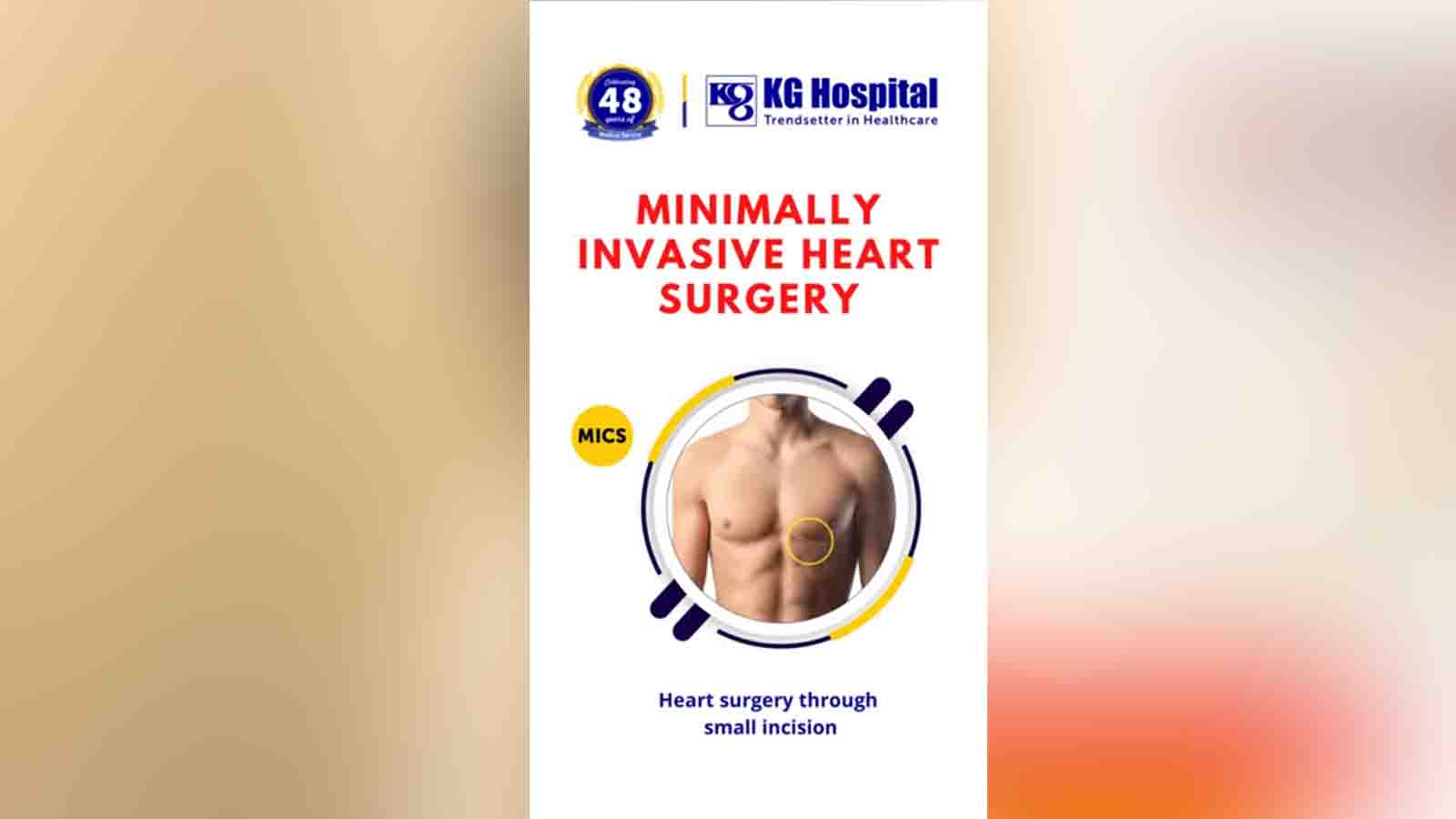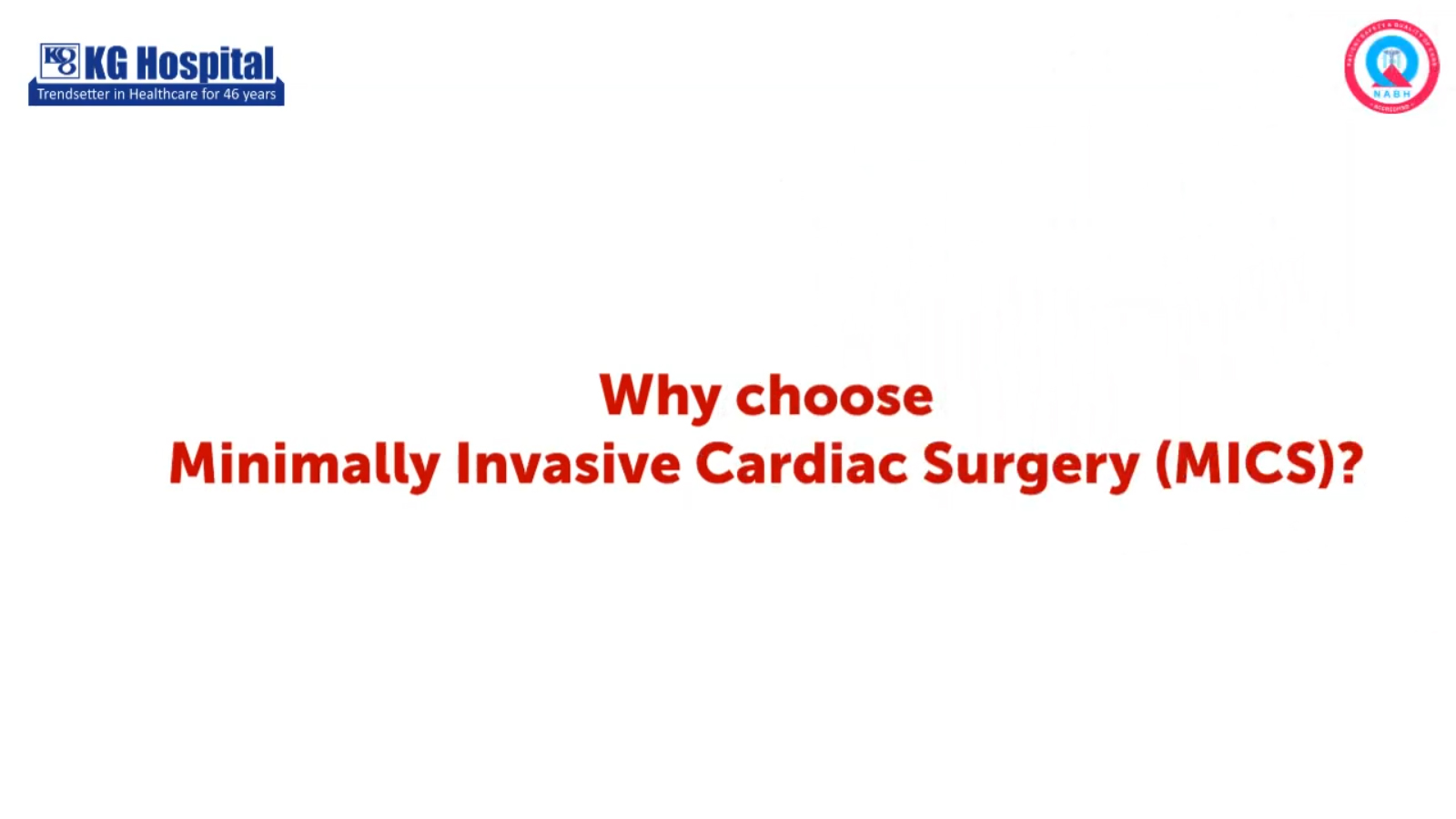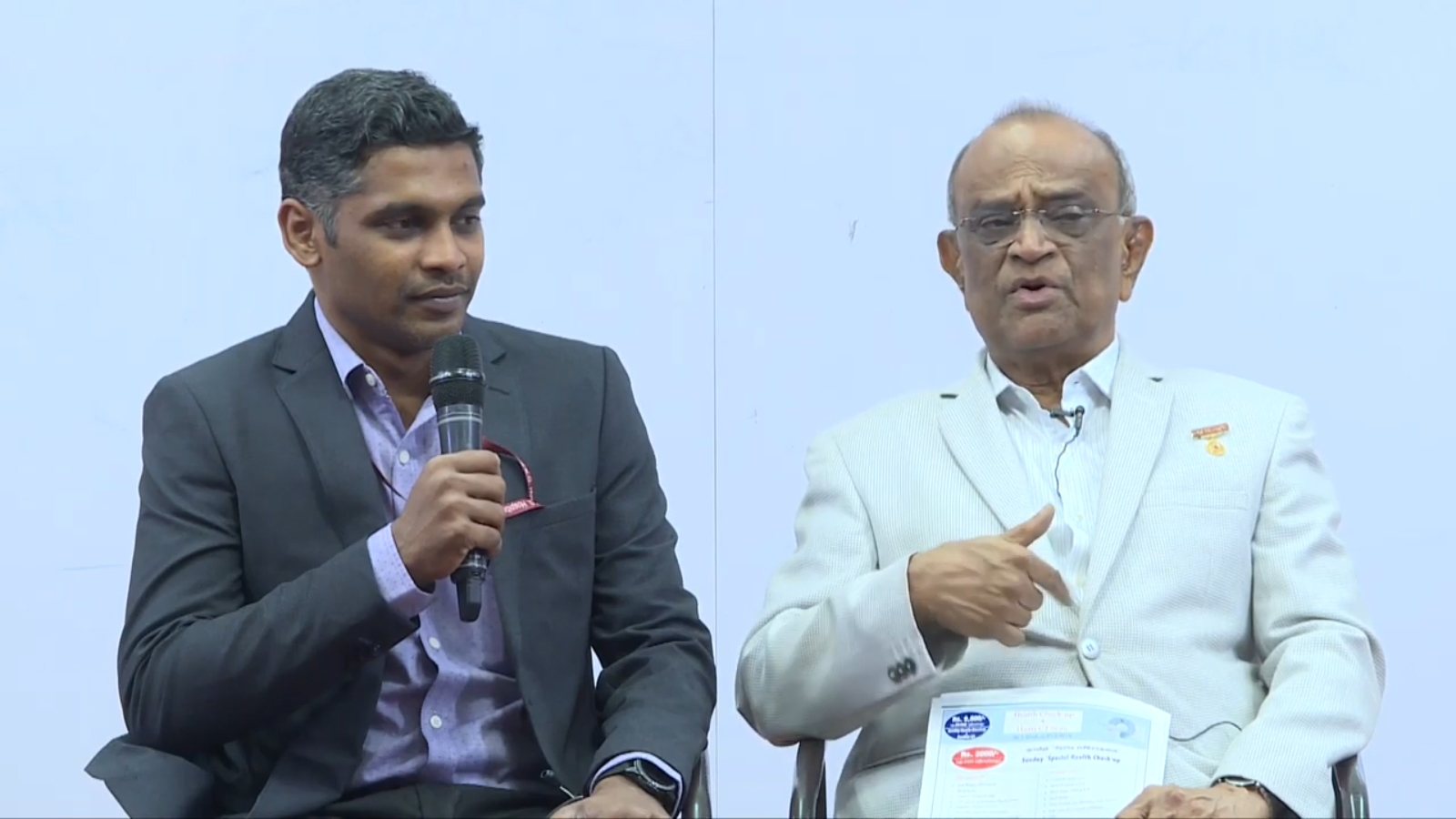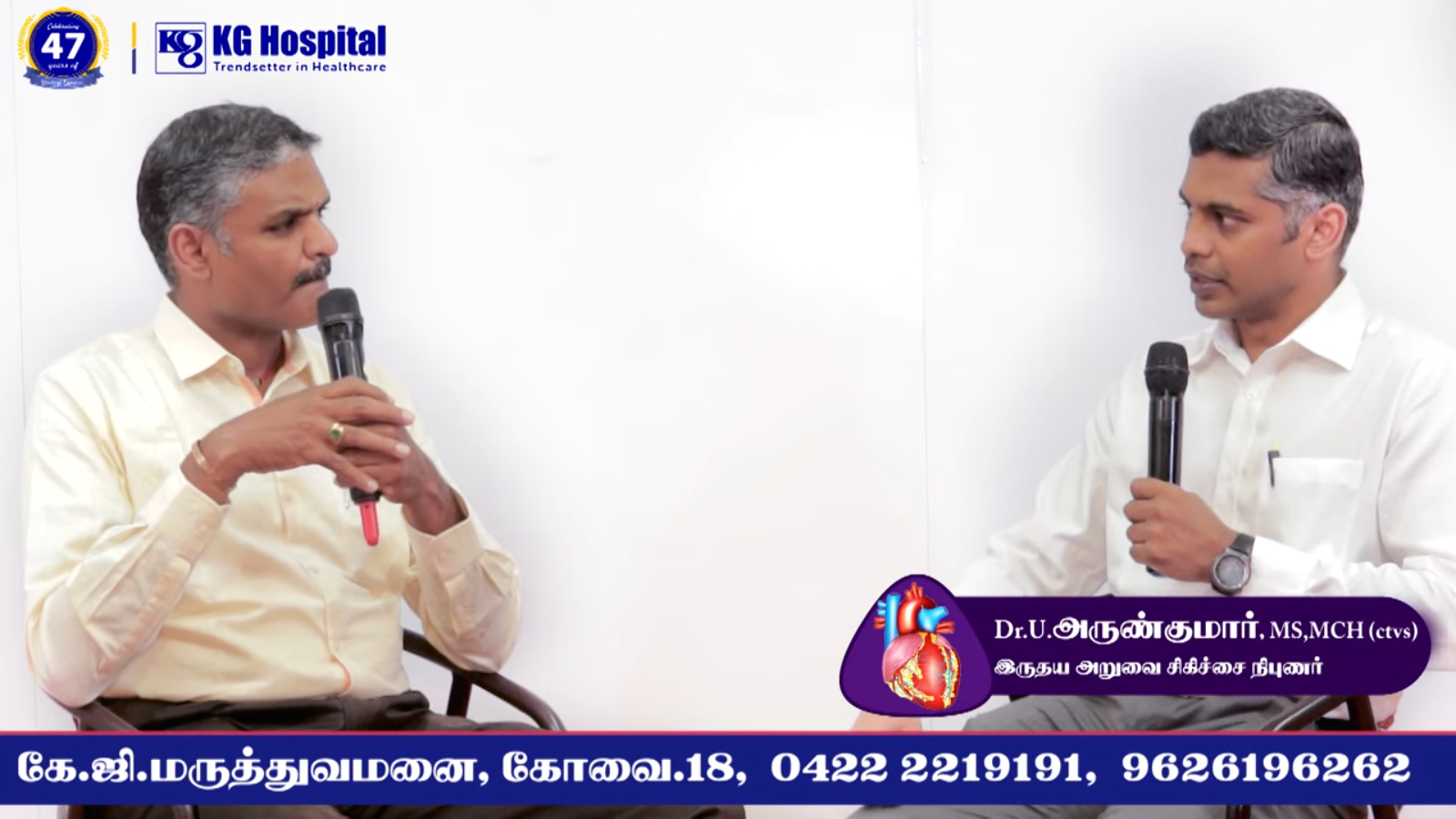-
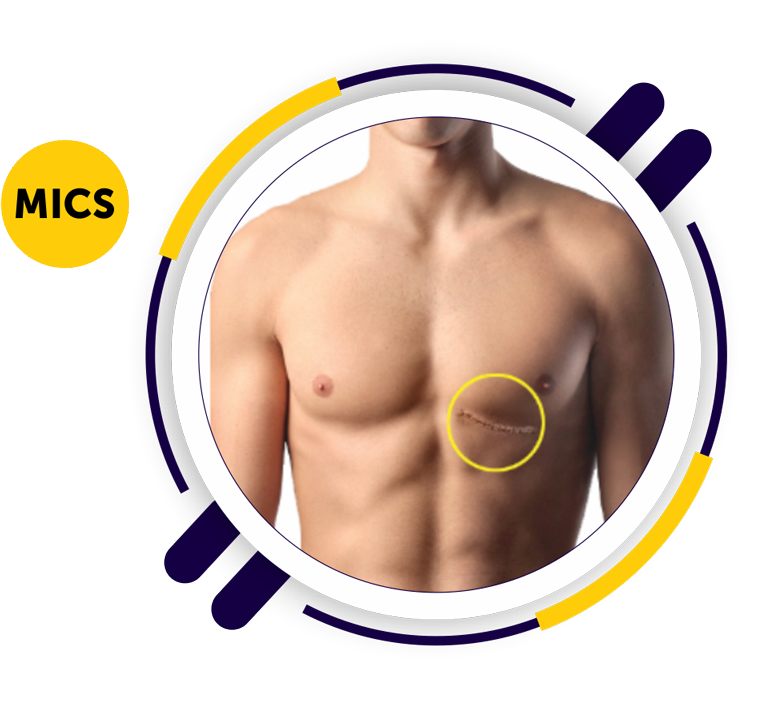
-
Minimally Invasive Cardiac Surgery
also called Pain " Less" Key Hole Cardiac Surgery
We have treated over 12,00,000+ patients with heart problems over the last 48 years. Consult the Best Minimally Invasive Heart Surgery In Coimbatore.

Minimally Invasive Cardiac Surgery (MICS)

Minimally Invasive Cardiac Surgery or Minimally Invasive Heart Surgery is an emerging technique in which heart
surgeries are performed through a small incision through the chest wall instead of the traditional way of doing heart surgery
where breast bone is cut to expose the heart. Commonly performed heart surgeries through this latest technique are:
- Coronary Artery Bypass surgery (Mid CABG, MICAS)
- Valve replacement surgery (Aortic valve, Mitral valve)
- Correction of congenital defects (ASD, VSD)
Minimally Invasive Direct Coronary Artery bypass surgery (MIDCABG) or Minimally invasive
coronary artery surgery (MICAS) for patients with blocked Coronary arteries in two or more vessels bypass grafting is
done to restore the blood supply to the myocardium (heart). The bypass is constructed using arteries and veins harvested
from the patient's chest and legs. A combination of artery plus vein or all arterial grafts is used for restoring blood supply.
The bypass is constructed while the heart is beating (off-pump bypass surgery). Hence the complications of stopping the heart or
subjecting the patient to a cardiopulmonary bypass machine are not there.
Minimally invasive heart surgery can be done to treat a variety of heart conditions.
Compared with open-heart surgery, this type of surgery might mean less pain and a quicker recovery for many
people.
A small 5 cm incision is made just below the left breast region and the heart is approached through rib
spaces. “No bone is cut”. Hence pain related to bone healing or infection is not there. Elderly and diabetic patients who have
poor wound healing benefit because the healing is much faster.
Bypass is done with specialized instruments. Once the bypass grafters are constructed the flow across vessels is checked using TTFM (Transit Time Flow Measurement). The patient's recovery with minimally invasive surgery is smooth and quick.
The advantages to the patient following a Minimally Invasive Cardiac Surgery
include
- Small incision,small scars
- Faster recovery
- Faster return to normal activity
- No bone cutting
- Less blood loss
- Lower risk of infection
- Less postoperative pain
